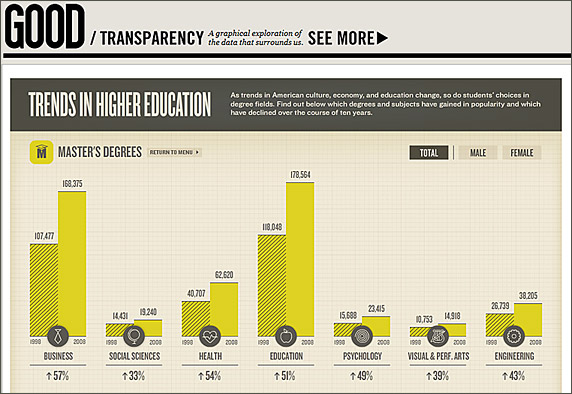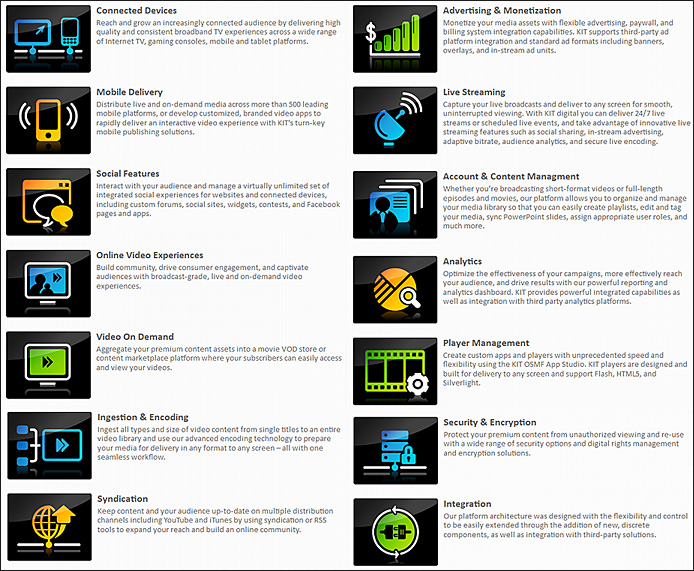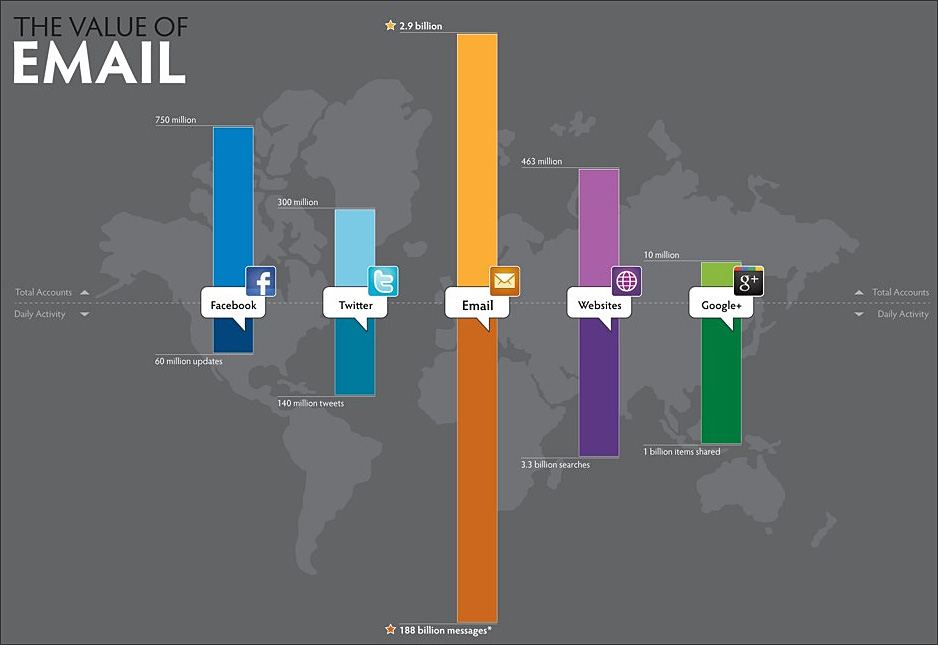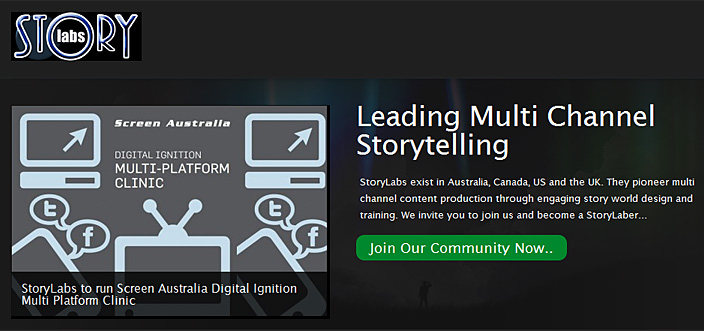U-verse TV goes social with new apps to interact with what you’re watching, while you’re watching — from appmarket.tv by Richard Kastelein

Excerpt:
The way viewers watch TV today has become a multi-screen, multi-tasking experience. According to Nielsen, nearly 30 percent of TV viewers looked up info related to a TV program while they were watching it. AT&T U-verse TV customers now have new and better ways to bring together their favorite social apps on their smartphone or tablet with what they’re watching on TV.
“Customers want their TV viewing experience to be social, without distracting from the TV show on their TV screen, and they want their choice of apps from their smartphone or tablet to work seamlessly with their TV and enhance their favorite TV shows,” said Jeff Weber, vice president of video services, AT&T Mobility and Consumer Markets. “These apps allow you to interact and share details about the shows you’re watching in simple and engaging ways. And you can do that on the devices that are in your hands or right next to you on the couch.”









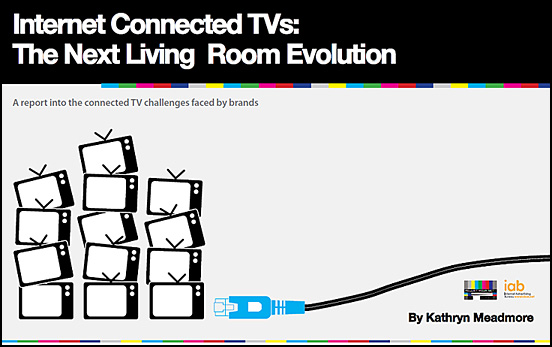
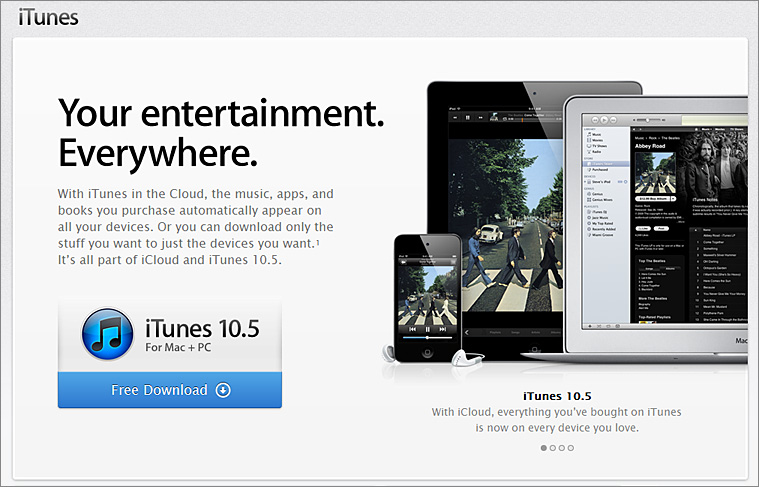
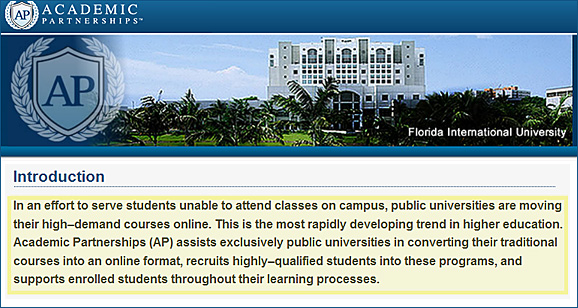


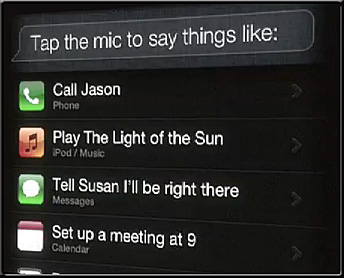

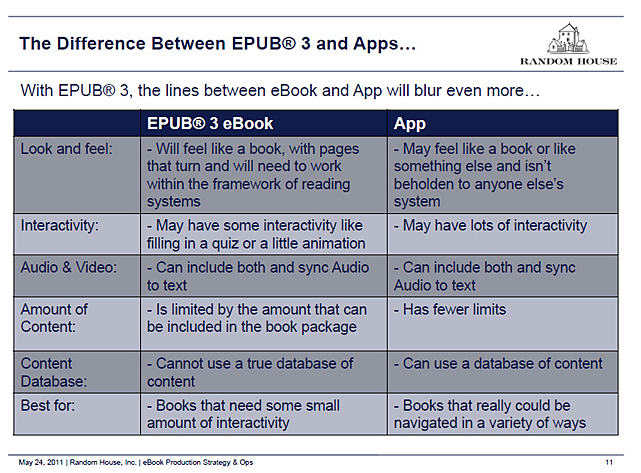
![InteractiveData-UofPandGOOD2-9-2011 Interactive Infographic: Trends in Higher Education [Good; U of Phoenix]](http://danielschristian.com/learning-ecosystems/wp-content/uploads/2011/09/InteractiveData-UofPandGOOD2-9-2011.jpg)
